A SLAM method based on deep learning
DOI: 10.23977/jeis.2024.090310 | Downloads: 12 | Views: 980
Author(s)
Hongjie Yu 1
Affiliation(s)
1 Energy-efficient Intelligent Systems Laboratory, University of Science and Technology of China, Suzhou, 215028, China
Corresponding Author
Hongjie YuABSTRACT
The core objective is to use deep learning to train an efficient feature detector, which provides a solid foundation for the construction of a feature point SLAM system. The training and optimization of deep learning models usually rely on large-scale labeled data, but for feature detection tasks, the annotation of feature points is abstract and subjective, which makes it difficult to obtain sufficient labeled image data. In order to overcome this challenge, this chapter proposes a dataset generation method that integrates traditional features combined with robust adjustments. By integrating two classical feature detection algorithms, we are able to generate fused feature points in natural scene images. These feature points not only combine the advantages of traditional features, but also enhance the generalization ability of the model through robustness adjustment. Based on this dataset, we use a deep learning framework for model training. By optimizing the network structure and loss function, we successfully trained a deep learning model that can detect two traditional feature points at the same time.
KEYWORDS
SLAM, deep learning, robust adjustmentsCITE THIS PAPER
Hongjie Yu, A SLAM method based on deep learning. Journal of Electronics and Information Science (2024) Vol. 9: 62-67. DOI: http://dx.doi.org/10.23977/10.23977/jeis.2024.090310.
REFERENCES
[1] S. Baker and I. Matthews. Equivalence and efficiency of image alignment algorithms. In Proc. IEEE Intl. Conference on Computer Vision and Pattern Recognition (CVPR' 01), Hawaii, Dec 2001.
[2] R. Mur-Artal, J. M. M. Montiel, and J. D. Tards, "ORB-slam: A versatile and accurate monocular slam system," IEEE Trans. Robot., vol. 31, no. 5,pp. 1147–1163, Oct. 2015.
[3] R. Mur-Artal and J. D. Tardos, "ORB-SLAM2: An open-source SLAM system for monocular, stereo and RGB-D cameras," IEEE Trans. Robot.,vol. 33, no. 5, pp. 1255–1262, Oct. 2017.
[4] E. Rublee, V. Rabaud, K. Konolige, and G. Bradski, "ORB: An efficient alternative to sift or surf," in Proc. Int. Conf. Comput. Vis., 2011,pp. 2564–2571.
[5] D. Galvez-Lpez and J. D. Tardos, "Bags of binary words for fast place recognition in image sequences," IEEE Trans. Robot., vol. 28, no. 5,pp. 1188–1197, Oct. 2012.
[6] A. I. Comport, E. Malis, and P. Rives, "Accurate quadrifocal tracking for robust 3d visual odometry," in Proc. IEEE Int. Conf. Robot. Autom., 2007,pp. 40–45.
[7] C. Kerl, J. Sturm, and D. Cremers, "Dense visual slam for RGB-D cameras," in Proc. 2013 IEEE/RSJ Int. Conf. Intell. Robots Syst., 2013,pp. 2100–2106.
[8] R. Kmmerle, G. Grisetti, H. Strasdat, K. Konolige, and W. Burgard, "G2o:A general framework for graph optimization," in Proc. IEEE Int. Conf.Robot. Autom., 2011, pp. 3607–3613.
[9] R. A. Newcombe et al.,"Kinectfusion: Real-time dense surface mapping and tracking," in Proc. 2011 10th IEEE Int. Symp. Mixed Augmented Reality, 2011, pp. 127–136.
[10] J. Engel, T. Schöps, and D. Cremers,"LSD-slam: Large-scale direct monocular slam," in Proc. Eur. Conf. Comput. Vis., 2014, pp. 834–849.
| Downloads: | 13438 |
|---|---|
| Visits: | 556813 |
Sponsors, Associates, and Links
-
Information Systems and Signal Processing Journal
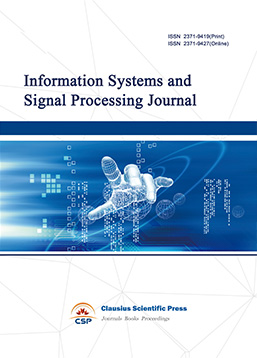
-
Intelligent Robots and Systems
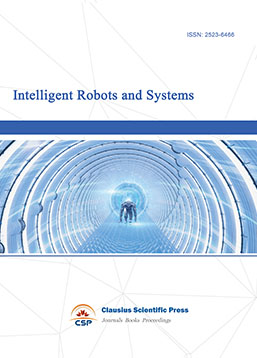
-
Journal of Image, Video and Signals
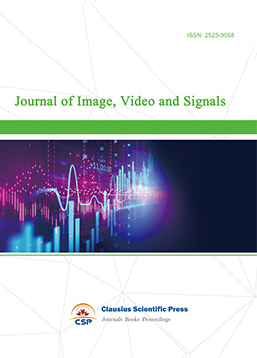
-
Transactions on Real-Time and Embedded Systems
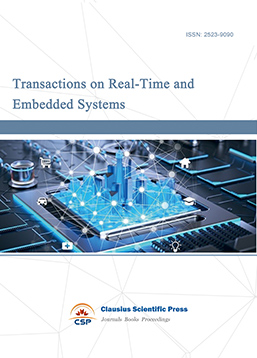
-
Journal of Electromagnetic Interference and Compatibility
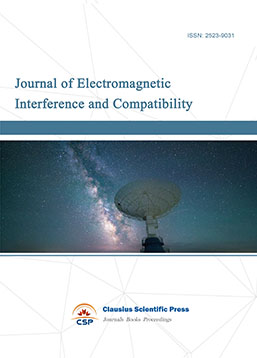
-
Acoustics, Speech and Signal Processing
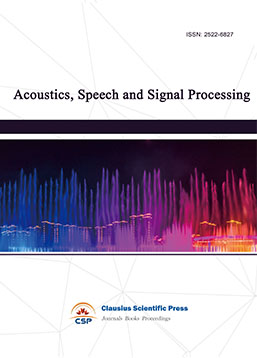
-
Journal of Power Electronics, Machines and Drives
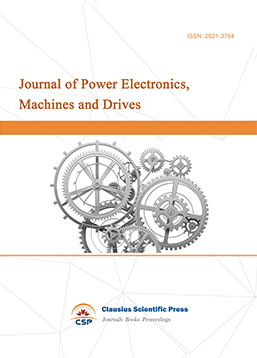
-
Journal of Electro Optics and Lasers
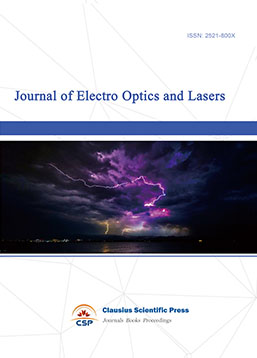
-
Journal of Integrated Circuits Design and Test

-
Journal of Ultrasonics
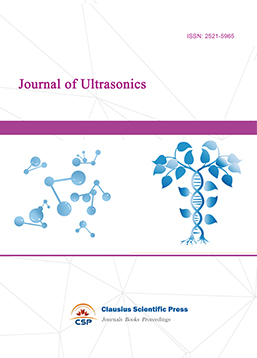
-
Antennas and Propagation
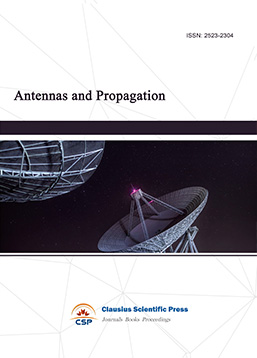
-
Optical Communications
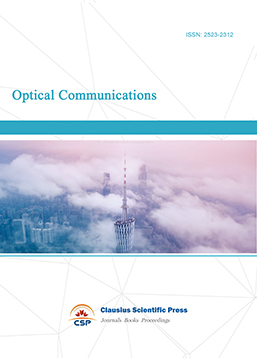
-
Solid-State Circuits and Systems-on-a-Chip
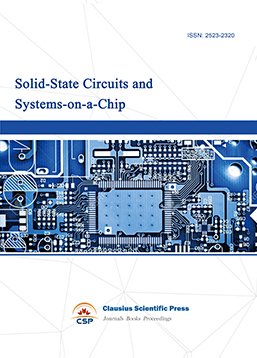
-
Field-Programmable Gate Arrays
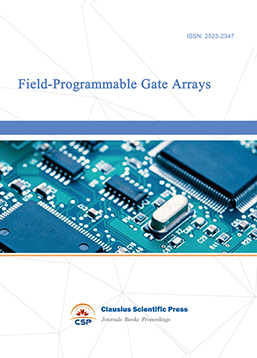
-
Vehicular Electronics and Safety

-
Optical Fiber Sensor and Communication
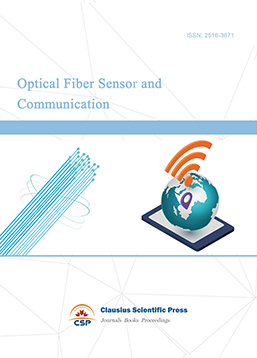
-
Journal of Low Power Electronics and Design
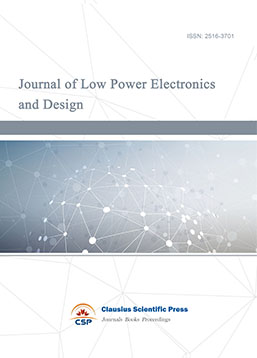
-
Infrared and Millimeter Wave
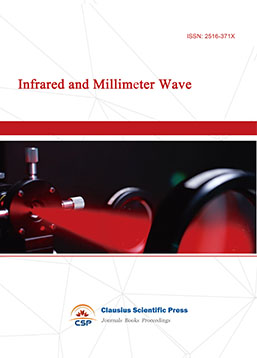
-
Detection Technology and Automation Equipment
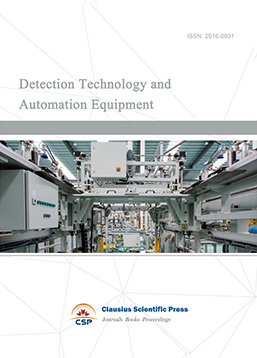
-
Journal of Radio and Wireless
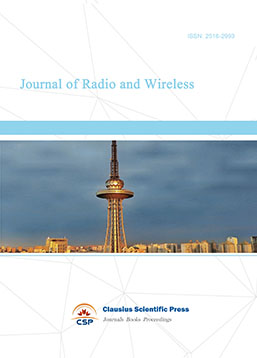
-
Journal of Microwave and Terahertz Engineering
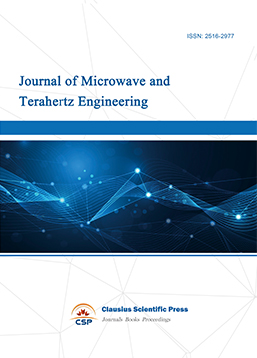
-
Journal of Communication, Control and Computing
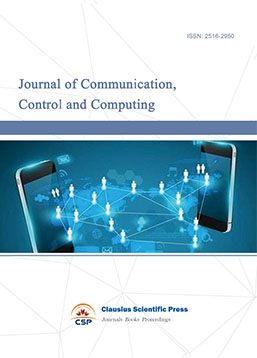
-
International Journal of Surveying and Mapping
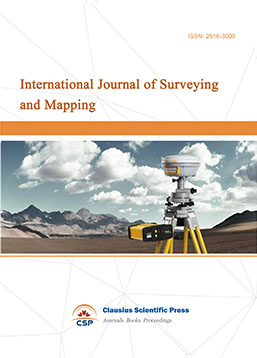
-
Information Retrieval, Systems and Services

-
Journal of Biometrics, Identity and Security
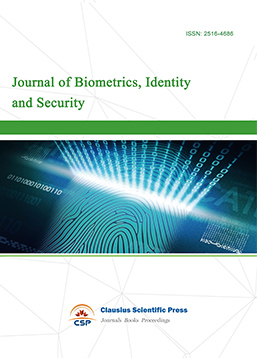
-
Journal of Avionics, Radar and Sonar
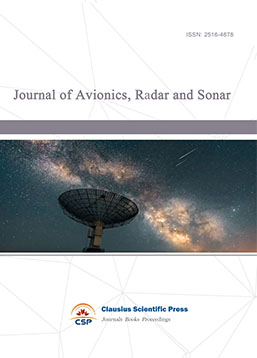

 Download as PDF
Download as PDF